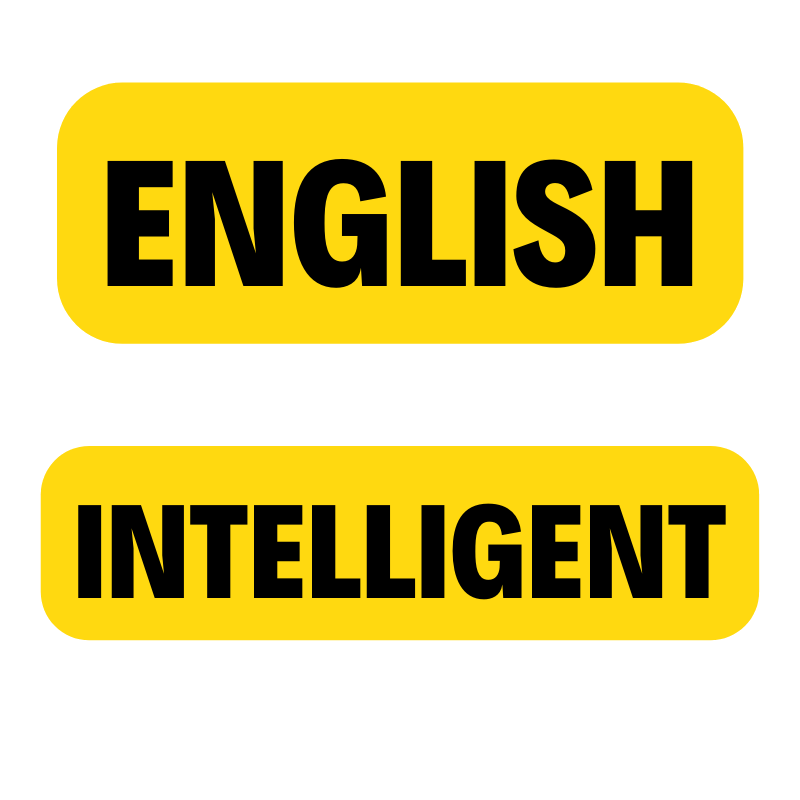Your cart is currently empty!
That’s Fine Meaning: Understanding the Context and Usage of the Phrase
When someone says “it’s fine,” they are often indicating that something is acceptable or satisfactory. In some cases, it can also be used to convey agreement or permission.
For example, if someone asks if it’s okay to change the plans for a meeting, you might respond by saying “it’s fine” to indicate that you are okay with the change. Similarly, if someone apologizes for being late, you might say “it’s fine” to indicate that you are not upset or bothered by the delay.
However, it’s important to pay attention to the tone of the speaker when interpreting the meaning of “That’s fine.” Sometimes, it can be used sarcastically or passive-aggressively to indicate that something is not actually fine. In these cases, you might notice a change in tone or emphasis on certain words.
For example, if someone asks if you want to go out for dinner, but you are not particularly interested in the idea, you might respond by saying “it’s fine” to indicate that you are not strongly opposed to the idea, but you are also not particularly excited about it either.
Appropriate Usage of ‘That’s Fine’
When it comes to using the phrase ‘That’s fine,’ it’s essential to understand its appropriate usage. In modern American English, ‘That’s fine’ is commonly used to express agreement or acceptance. Here are some situations where you can use ‘That’s fine’ appropriately:
- When someone asks for your permission to do something, and you have no objection to it, you can respond with ‘That’s fine.’
- When someone suggests something to you, and you agree with it, you can say ‘That’s fine.’
- When someone apologizes to you, and you accept their apology, you can use ‘That’s fine’ to indicate that you’re not upset anymore.
Take note that ‘That’s fine’ can sometimes be used sarcastically or passive-aggressively. In these cases, the tone of voice and context play a significant role in determining the meaning.
When using ‘That’s fine,’ it’s also important to consider the words you use before and after it. Here are some examples:
- “I’m sorry, I can’t make it to the party tonight.” – “That’s fine, don’t worry about it.”
- “Can I borrow your car this weekend?” – “Sure, that’s fine with me.”
- “I don’t like mushrooms on my pizza.” – “That’s fine, we can order a different topping.”
In all these examples, ‘That’s fine’ is used appropriately to express agreement or acceptance.
Is saying ‘that’s fine’ considered rude?
When someone says “that’s fine,” it can be interpreted in different ways depending on the tone of voice and context., making it a bit tricky to understand. For example, if someone asks for your opinion on something and you respond with “that’s fine,” it can come across as if you don’t care about their input.
Then again, saying “that’s fine” in a neutral or positive tone can be perfectly acceptable. If someone offers you a choice between two options and you respond with “that’s fine,” it can indicate that you are okay with either option.
It’s crucial to consider the context and tone of voice when interpreting the meaning of “that’s fine.” If you’re unsure how someone meant it, it’s always best to ask for clarification.
How should I respond to ‘that’s fine’?
When someone says ‘that’s fine’ to you, it can mean a few different things. Here are some possible interpretations:
- Approval: The person is indicating that they are okay with whatever you just said or did. They are giving you their approval to continue.
- Indifference: The person might be saying ‘that’s fine’ in a neutral way, indicating that they don’t really care one way or the other. This could be a polite way of saying ‘whatever’.
- Annoyance: In some cases, ‘that’s fine’ might actually be a passive-aggressive way of expressing annoyance or frustration. If someone says it in a clipped or dismissive tone, it could be a sign that they are annoyed with you.
So, how should you respond when someone says ‘that’s fine’? Here are a few options:
- Acknowledge: You can simply acknowledge their response with a nod, a smile, or a verbal affirmation like ‘okay’ or ‘thanks’.
- Clarify: If you’re not sure what they mean by ‘that’s fine’, you can ask for clarification. For example, you could say ‘Just to clarify, are you okay with that?’ or ‘Do you have any concerns or objections?’
- Move on: If you don’t need any further input from the person, you can simply move on with the conversation or activity.
Remember, the tone and context of the situation can greatly affect the meaning of ‘that’s fine’. Use your best judgement and pay attention to nonverbal cues to understand what the person really means.
What are some synonyms for ‘that’s fine’?
There are many other phrases you can use to express the same sentiment. Here are some synonyms for “that’s fine”:
- Okay
- All right
- Very well
- Fair enough
- Sure
- No problem
- Agreed
- Understood
- Alrighty then
- Sounds good
These phrases all convey a sense of acceptance or agreement, much like “that’s fine.” Although, each one has a slightly different connotation or tone. For example, “okay” is a very neutral and common response, while “alrighty then” might be more playful or informal.
“That’s fine” is just one of many phrases you can use to acknowledge a point or situation. By using synonyms, you can add variety and nuance to your language while still conveying the same basic message.

Leave a Reply